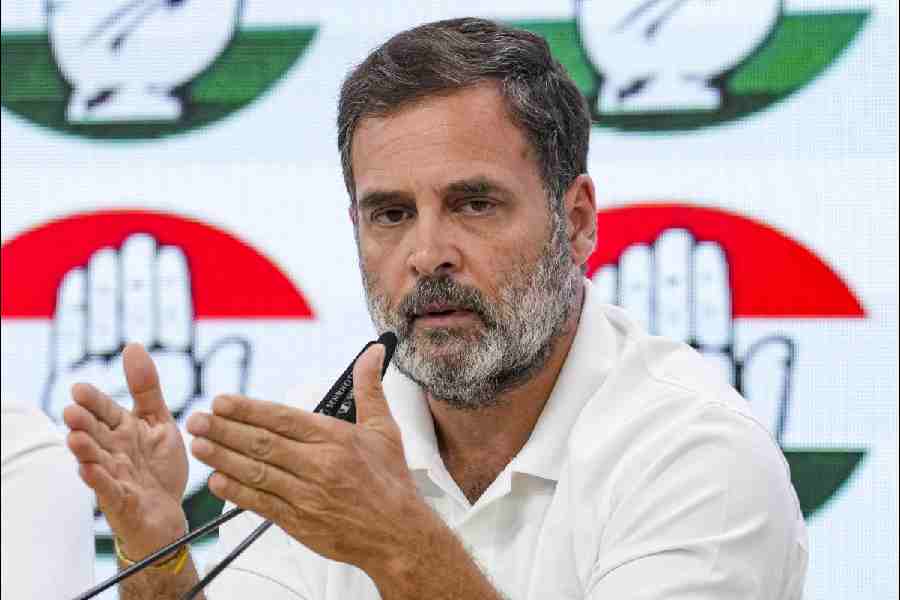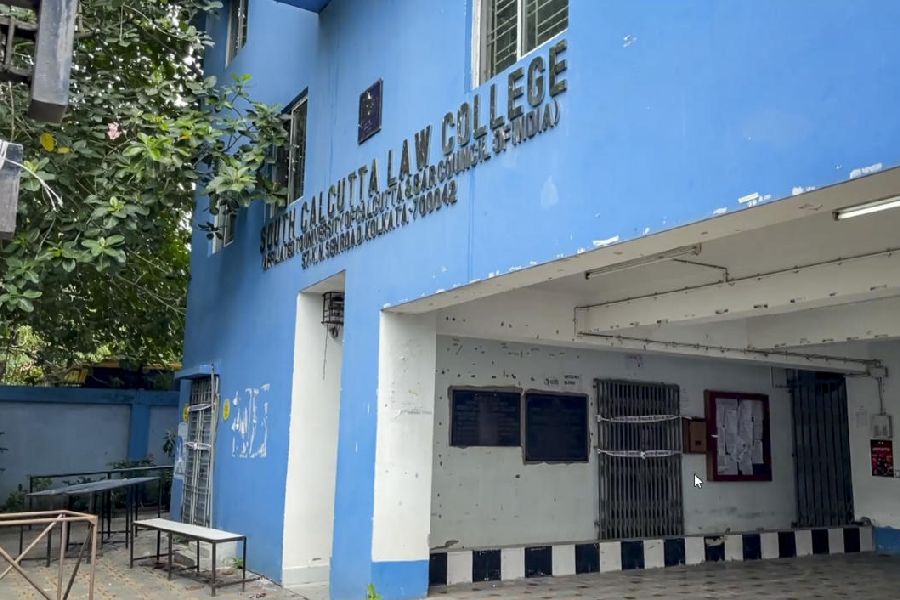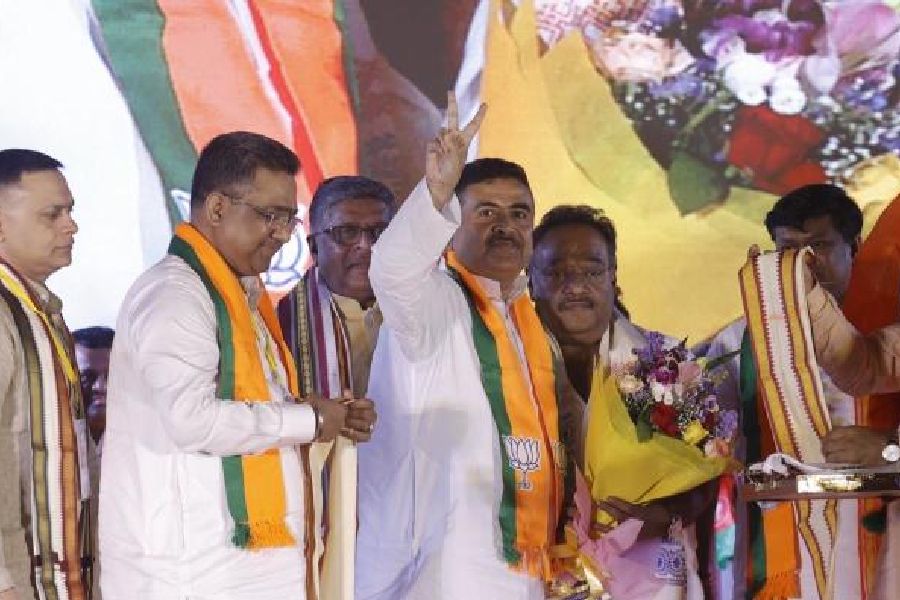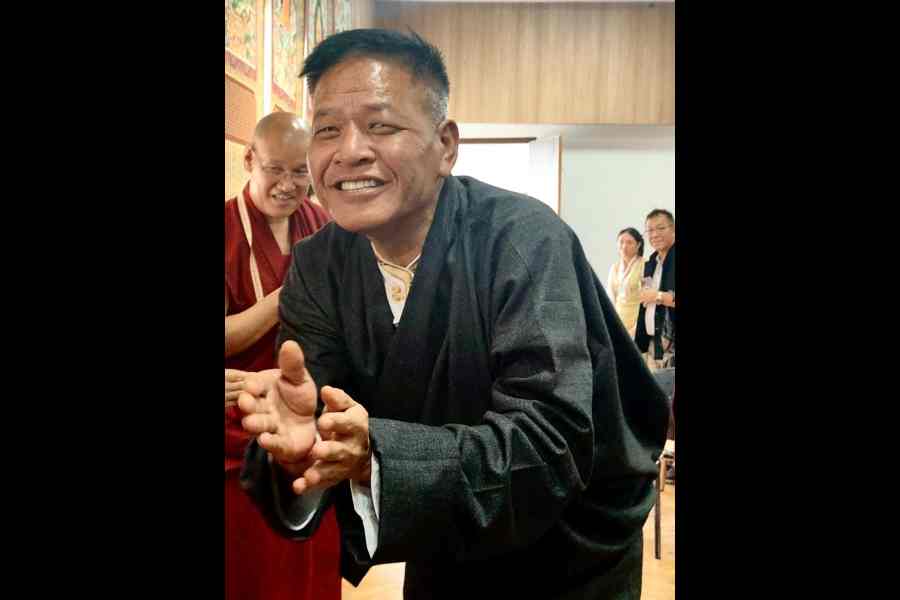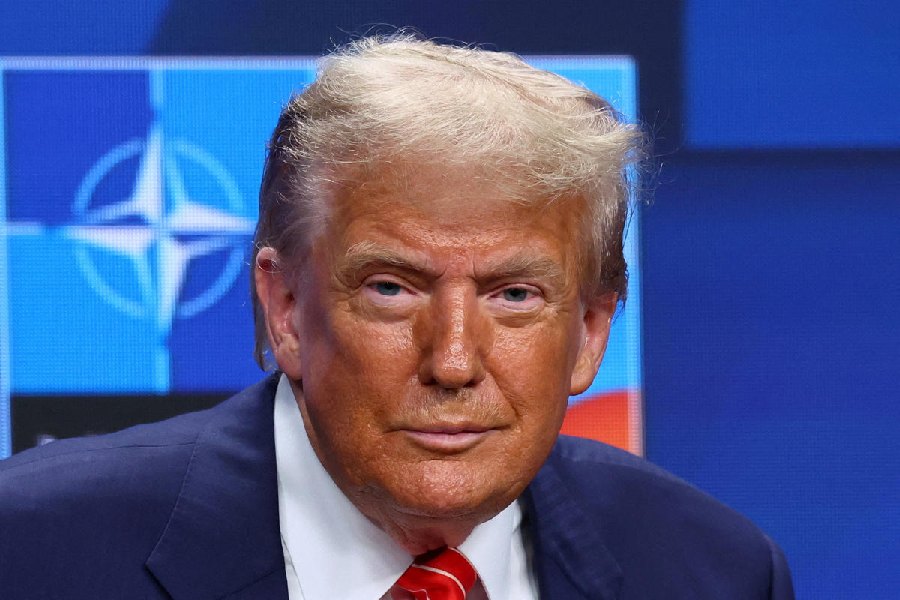 | VALUE JUDGEMENT Health |
New Delhi, March 9: Manju Sahu’s burgeoning workload and Nandula Raghuram’s growing indignation may well reflect the paradoxical elements of the UPA government’s myriad health initiatives.
The health ministry initiated some dramatic action to correct decades of neglect of Indians’ health, but the country also witnessed mystifying inaction and decisions that kindled debates on intent and wisdom.
At a health sub-centre in Koliyari, a village in Chhattisgarh, Sahu is an auxiliary nurse-midwife. She now hands over more iron and folic acid pills to pregnant women and is helping deliver more babies than she was a little over three years ago, thanks to the National Rural Health Mission launched in April 2005.
Raghuram, a reader in biotechnology at Delhi’s Indraprastha University, is a member of an ethics watchdog that has petitioned the Supreme Court to revoke a health ministry decision to stop vaccine production at three government plants. Raghuram and many others believe the decision will severely hurt India’s immunisation programme.
At the helm of health affairs has been Anbumani Ramadoss, a doctor-turned-politician and, arguably, the most charismatic health minister India has had in years.
Ramadoss brought into the ministry a unique style marked by a crusade-like push to several issues — pursuing the ban on smoking in public, repeatedly sounding warnings about tobacco, alcohol and junk food, and challenging the home ministry’s seemingly rigid stand on the law against homosexuality.
For over two years, Ramadoss locked horns with former All India Institute of Medical Sciences director P. Venugopal over the administration of India’s premier institution for healthcare and medical education, and over caste bias affecting students and faculty there.
He questioned a yoga guru’s claims about an AIDS “cure”, pointing out the lack of scientific evidence. He also questioned the claims of fairness cream makers.
But Ramadoss failed to fault inaction or wrongdoing by components of his own ministry. For instance, an unethical trial of stem cells by a government institute was ignored.
Yet, positive change appears to outweigh controversies.
The UPA bolstered rural health infrastructure and launched India’s first public health programme to prevent diabetes, heart disease and stroke. And in an effort to reduce the 4,000-odd deaths from road accidents every day, the government began to upgrade trauma care centres across the country, focusing on highways.
Ramadoss’s ministry has also rewritten the rules governing human organ transplantation to facilitate harvesting of organs from cadavers and to make organ donations from the living more transparent. It has also introduced a ban on smoking in public places.
But while pursuing these actions, the health ministry has ignored impassioned pleas from sections of paediatricians and medical experts to abandon years-old dogma and make changes to the polio eradication programme.
A steady increase in funding pushed the changes in health. Central spending on health and family welfare has more than doubled in the past four years, from Rs 8,212 crore in 2004-05 to Rs 16,968 crore in 2008-09.
The National Rural Health Mission alone had an outlay of Rs 10,786 crore in 2008-09, an amount bigger than what the entire budget for health and family welfare was when the UPA had taken over.
 |
The funding for rural health has been accompanied with flexibility, superior management and a degree of transparency rarely observed in government programmes.
The health ministry has over the past three years recruited thousands of doctors, nurses and paramedical staff for rural health centres across the country. It has recruited 600,000 accredited social health activists — female community health workers who are expected to track the health needs of rural people and connect them to healthcare services.
Rural health centres now get funds they may use according to their own needs. Some have used the money to equip themselves to deliver basic healthcare; others to buy drinking-water machines for patients.
Primary health centres across rural India, long deprived of medicine stocks, nurses and doctors, are now witnessing an influx of patients not observed for decades. The change is evident not just in government statistics and independent community monitoring reports available on the health ministry’s website, but also on the ground.
Some primary health centres in Bihar that used to see an average of only one patient a day, a senior health ministry official said, now each get about 100 patients a day.
But optimism about such progress should be tempered with the sharp inequities that still exist across the urban-rural health divide. India still doesn’t have enough specialists in rural areas, and seriously ill rural folk have to travel to cities if they want to be treated.
Raising rural health infrastructure from zero level — at least in some places — to basic health services level is a good move. But it is not time to celebrate yet.
A national disease surveillance system, launched after a decade of promises, isn’t as sophisticated as it was intended to be. Infections from rotavirus (which causes severe diarrhoea in infants and young children) to malaria to tuberculosis continue to overwhelm the healthcare system.
The search for a more effective strategy to finish off wild polio continues. The programme for lifestyle diseases is too small to make a dent in the number of patients. The UPA has achieved a lot, but even more waits to be done.


